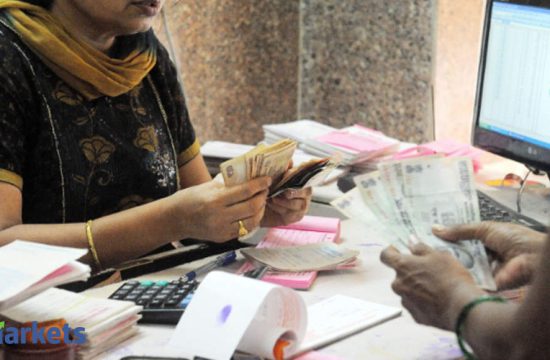
The senior managing editor at S&P Global Platts says Calendar Q3 outlook for most metals looks very upbeat
Commodities have been the best performing asset class in this rally — be it gold, be it crude or for that matter base metals of late. An asset like gold rallies because of the uncertainty, which is understandable. But how would you explain the rally one is seeing in industrial metals? By pinning it only on Chinese demand?
There have been a few supply issues that have helped support prices. But I would look specifically at metals – steel, iron ore. Iron ore was $ 107 a tonne yesterday, which is remarkable really. It has been pretty strong all through the Chinese New Year, and through various stages of the lockdown. It is not just a supply issue. It is also the fact that China is producing a lot of steel. Our view is that China will produce 2 per cent more steel this year than last year. It seems to be industrial activities in China are back well over 90%. There is obviously a lot of infrastructure stimulus going in. We are now seeing some of it flowing through. So China is looking okay. It really depends like on some of the other countries in Asia, which are still coming back slowly from various stages of the Covid lockdown.
Given what we are seeing in China, do you think it is sufficient to keep these prices, about $ 110 on iron ore, steel at about $ 500. The kind of push we have seen on the construction sector there vis-Ã -vis the rest of the world, one is still wondering whether they are in for a second wave.
Well we are having a second wave in Melbourne at the moment, and you have got to see how that trends. There is obviously going to be some fluctuation sometimes. It is a weak month in China due to the wet weather and everything. I think there is going to be some weak sectors like manufacturing for example, that was already in the doldrums before the virus hit. I see that particularly impacting some of the more export-focussed countries like Japan and in Europe, possibly even Germany. I think there is going to be some sort of fundamental weakness in those areas. Also, India has been trying to export a lot of steel. The Indian companies are lifting back their capacity utilisation again. It will be a bit a challenge if you are going to rely a lot on exports, because everybody is doing the same thing. There is that price pressure. So I guess everybody could rely a bit more on their domestic economies, but obviously they are coming back slowly and the confidence is going to take a long time to come back, where people would feel safe to go out and buy cars and washing machines again.
I will throw two perhaps contradictory points at you; one the real demand for metals, which has also been a function of India’s GDP growth and China’s GDP growth for the decade gone by — which was north of 5-6% on an average. That will come down drastically, that is the bearish side. The bullish side is that the Dollar Index is peaking out. When it moves down, historically it has acted as an indicator for money moving back into risk, which includes metals. That is pure price action, not a demand action. Which one of the bullish and bearish arguments that I just articulated do you think deserves greater attention?
From the perspective of looking at the market, it is sort of less from an investor perspective. As far as China is concerned, and obviously that is the big consumer of most of these metals, the fundamentals are very solid. We have looked at the outlook for steel, alumina, aluminium, iron ore recently. We did a sort of Calendar Q3 outlook, and it all looked very upbeat, because capacity is coming back on. Aluminium smelters are being turned back on, so alumina demand is picking up. Steel is on track to be above 1 billion tonnes this year, which is why we have seen a big jump in iron ore prices, because it does not take much of supply flashpoint like we had in Brazil to suddenly find that iron ore prices are pretty strong again. China is producing more than its capacity across many different metals, which has risen more than or at least earlier than some people had expected. So I guess we are looking more at the fundamentals from an investment perspective. In that sense, it is pretty solid as some of the other countries like India and regions like Southeast Asia switch back to help support demand.









